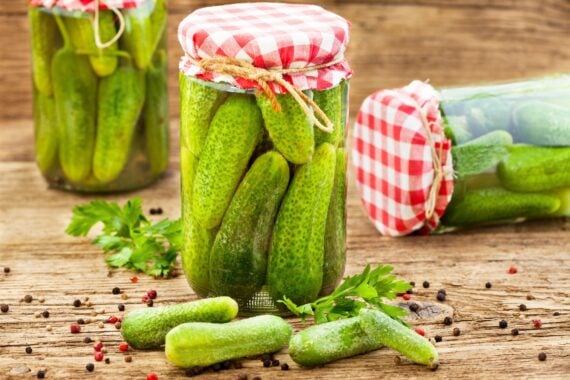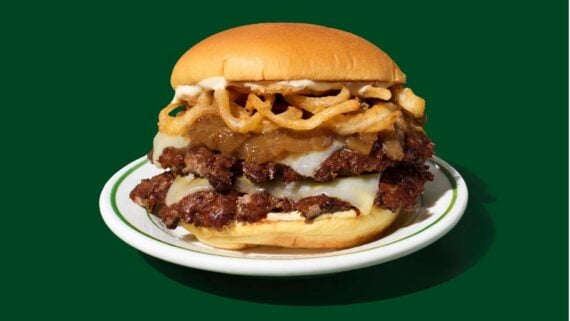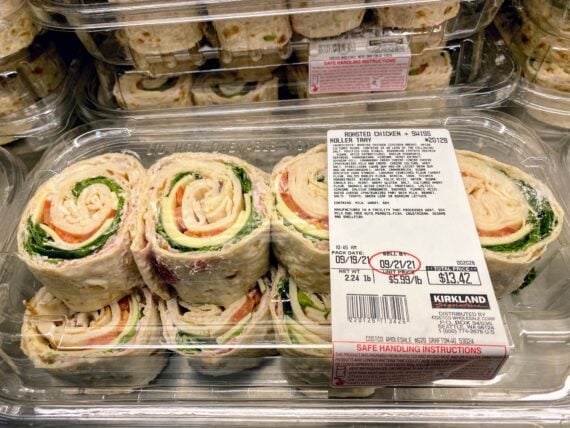Many who have suffered through COVID-19 find themselves unable to taste or smell. Sometimes, their senses are distorted, with certain foods tasting metallic or others smelling rancid to them. For many, it’s a temporary situation — but for others, it may last much longer. While each person will have his or her own experience, there are some foods and drinks that have proven both palatable and beneficial for those in this situation.
Related: 14 Industries That Have Been Hit Hardest by the Pandemic
Cool Dishes

The National Institute on Aging notes that a COVID-triggered loss of taste or smell can be similar to losses experienced by cancer patients or the elderly, in general. Among its suggestions for satisfying food choices are cooler options such as yogurt, pudding and gelatins, which may go down easier than warmer foods.
Related: 30 Cheap, Easy Breakfast Ideas to Start the Day Right
Warm Plus a Dollop of Cool

Adding a bit of cool to something warm can also work, with UConn Health noting that a hot/cold mix might spark a sensation and satisfaction. An example? A dollop of cool sour cream on a steaming baked potato.
For more great meal ideas and grocery tips, please sign up for our free newsletters.
Textures
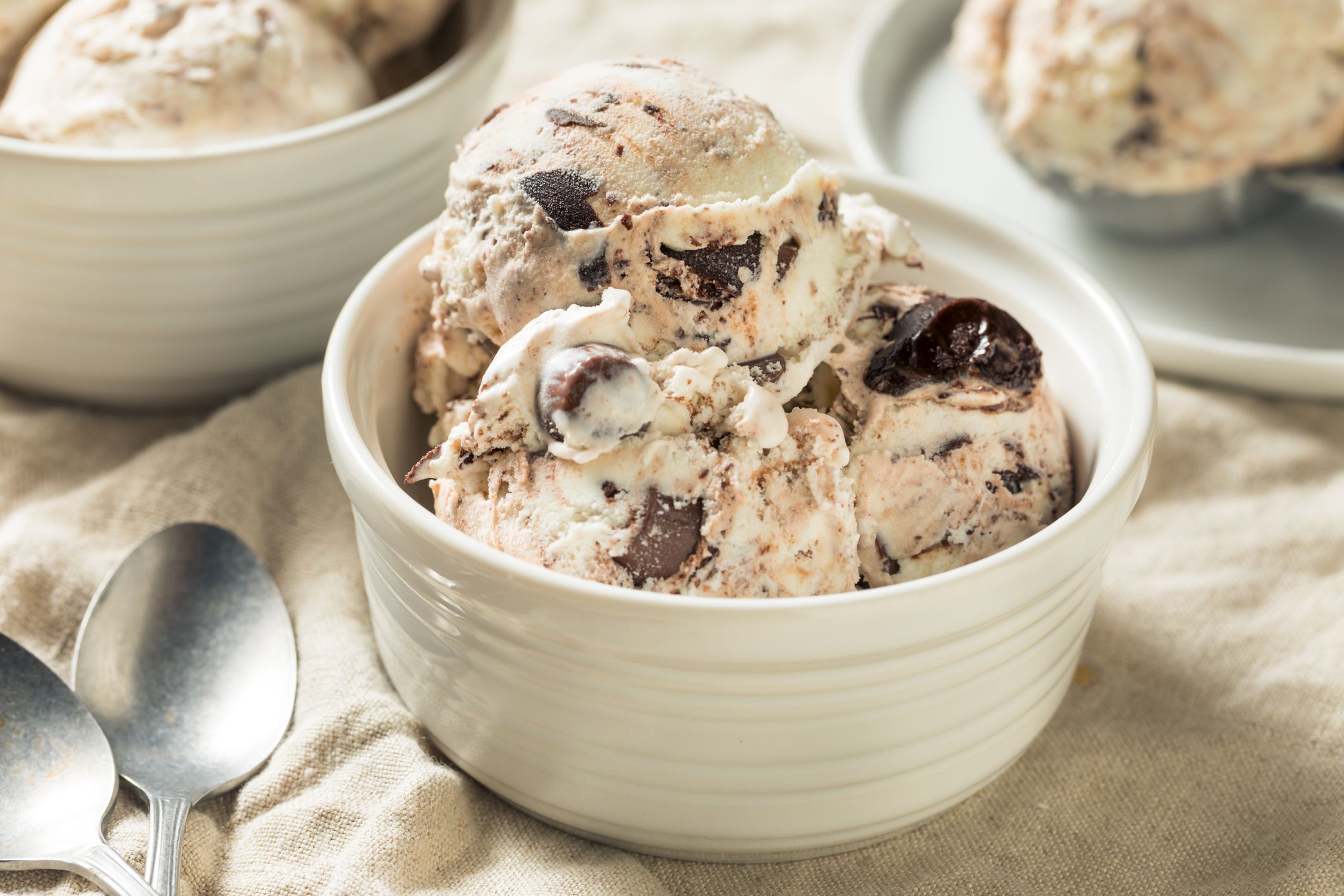
Ben & Jerry’s founding partner Ben Cohen has long suffered from anosmia, which leaves him without a sense of smell. That condition led to the ice cream company putting a focus on flavor, chunks and swirls in its products to help him enjoy them more. Such thinking goes far beyond ice cream. As UConn Health also notes, “Texture can be enhanced by adding crunchy foods (nuts, croutons, water chestnuts) to your meals.”
Related: Things You Didn’t Know About Ben & Jerry’s
Spicy-Hot Options
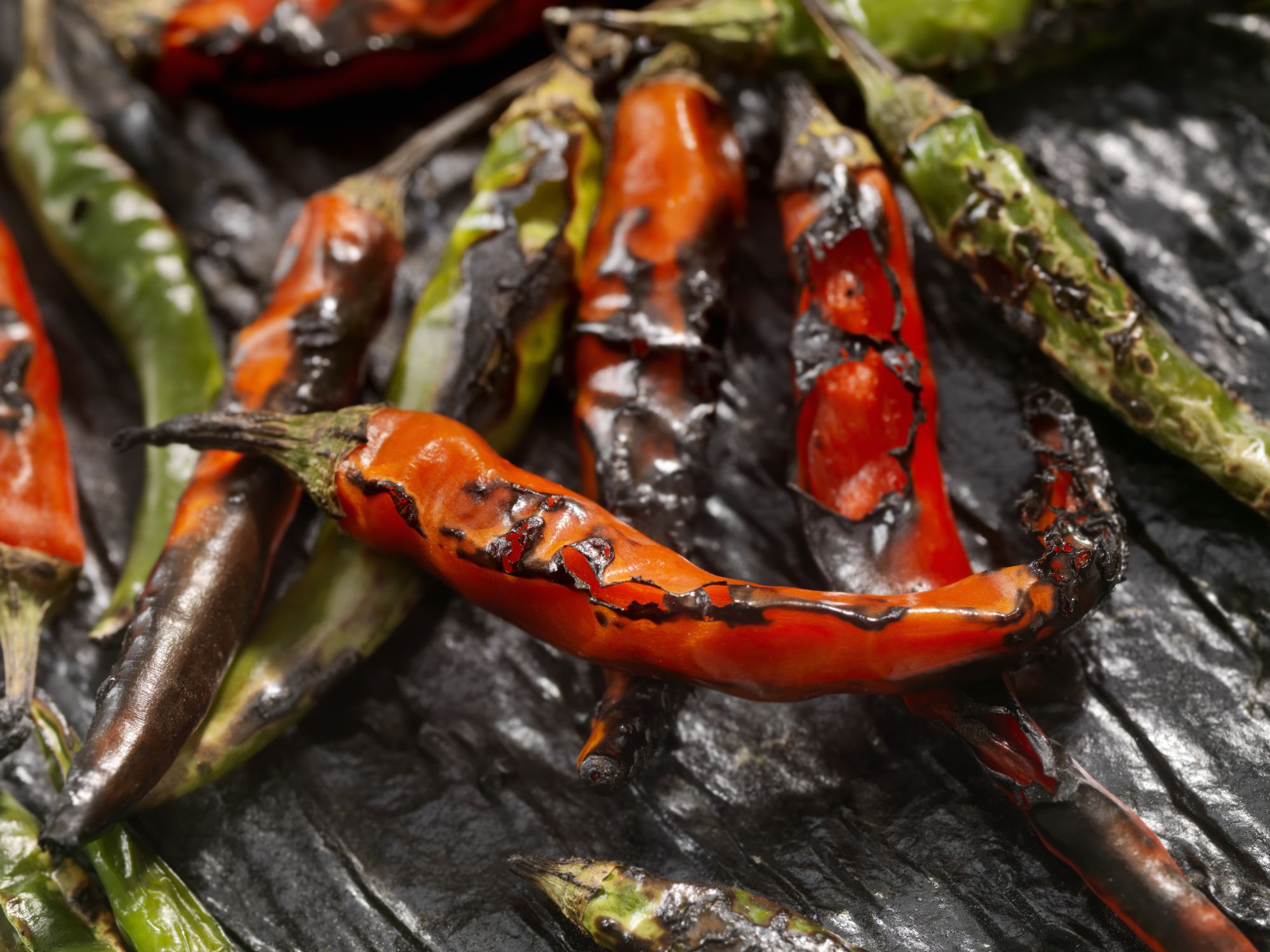
New York-based food stylist Drew Aichele writes on Food52.com that going nearly two months without taste or smell because of COVID led him to a new appreciation for spicy foods. “Without my sense of taste, spicy food was practically the only way I could feel what I was eating. This is likely because spice isn’t actually a flavor.” Instead, it’s a response to pain — so load up on the hot sauce to get a jolt.
Related: We Tried 20 Popular Hot Sauces — and These Are the BestStrong Flavors
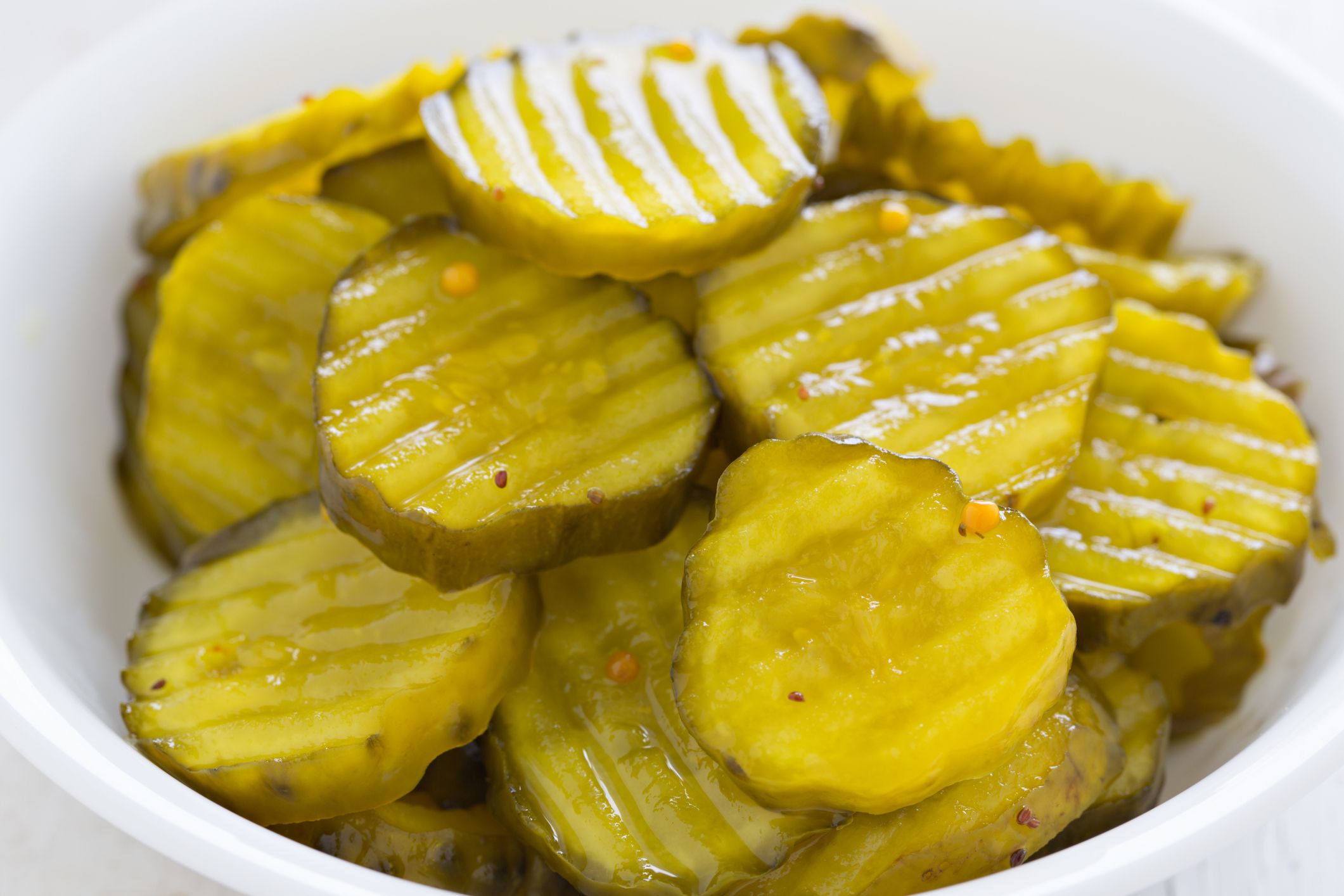
Beyond straightforward heat, complex flavors are also recommended. According to the U.K.’s National Health Service’s recommendations for those recovering from COVID-19, “Adding strong flavors to food can help.” Its suggestions range from mint sauce to horseradish, mustard to pickles.
Trending on Cheapism
High-Fiber Carbs
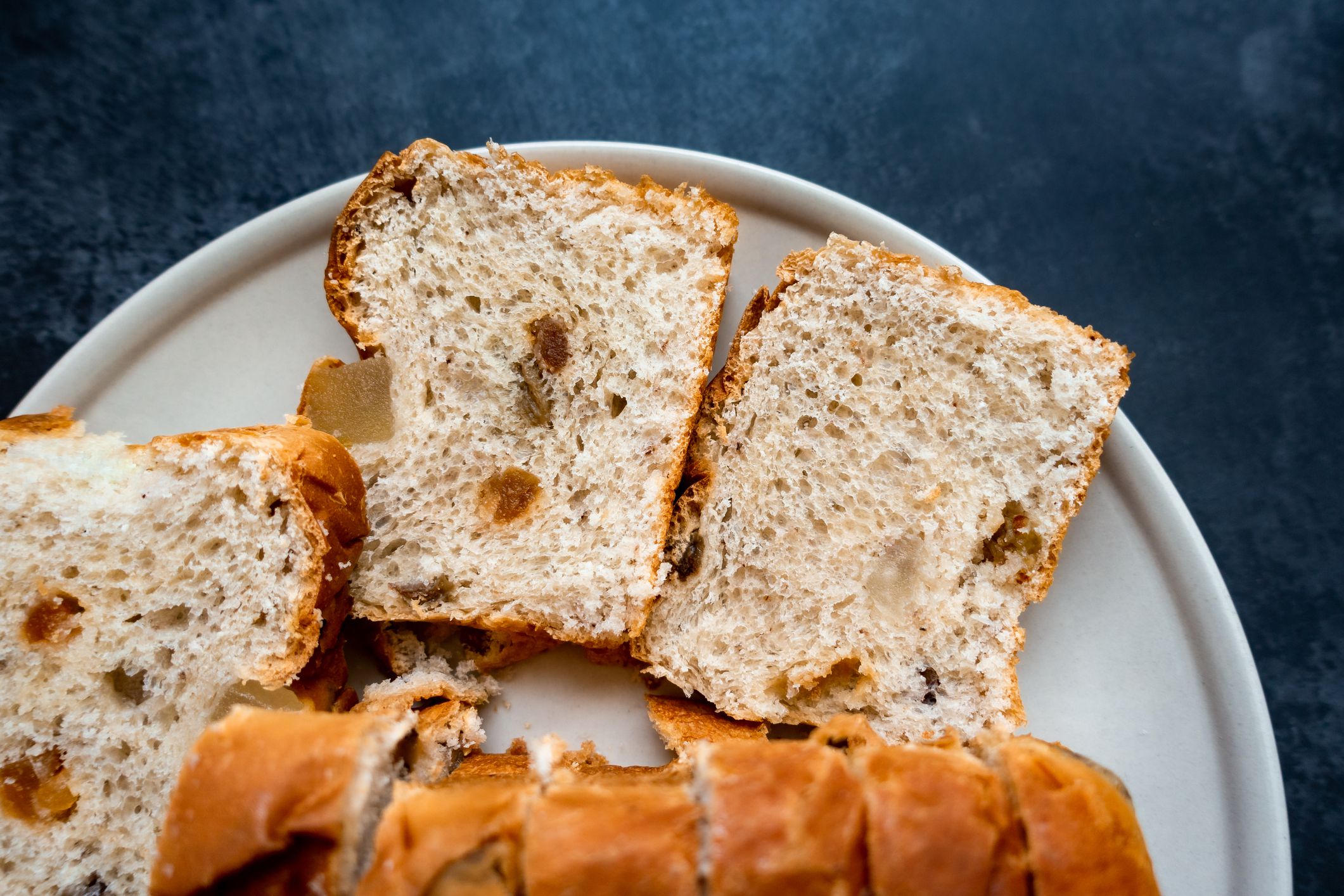
High-fiber carbohydrates, which include whole grains such as brown rice, chickpeas, and a variety of beans, are a good choice, according to the Texas-based Memorial Hermann Medical Group. “Not only are they nutritious, but they also can be high-texture, which appeals to a sense you haven’t lost.”
Foamed Milks

An Atlanta attorney told Eater that foamed milk proved a successful way to continue to enjoy coffee, something echoed by others online. As he said, “I got a handheld milk frother for Christmas, and I’ve been using that to enhance the airiness in the oat milk, so I can get a sense of creaminess as opposed to straight black coffee.”
Related: How to Satisfy Your $5 Starbucks Habit at Home
Sparkling Beverages
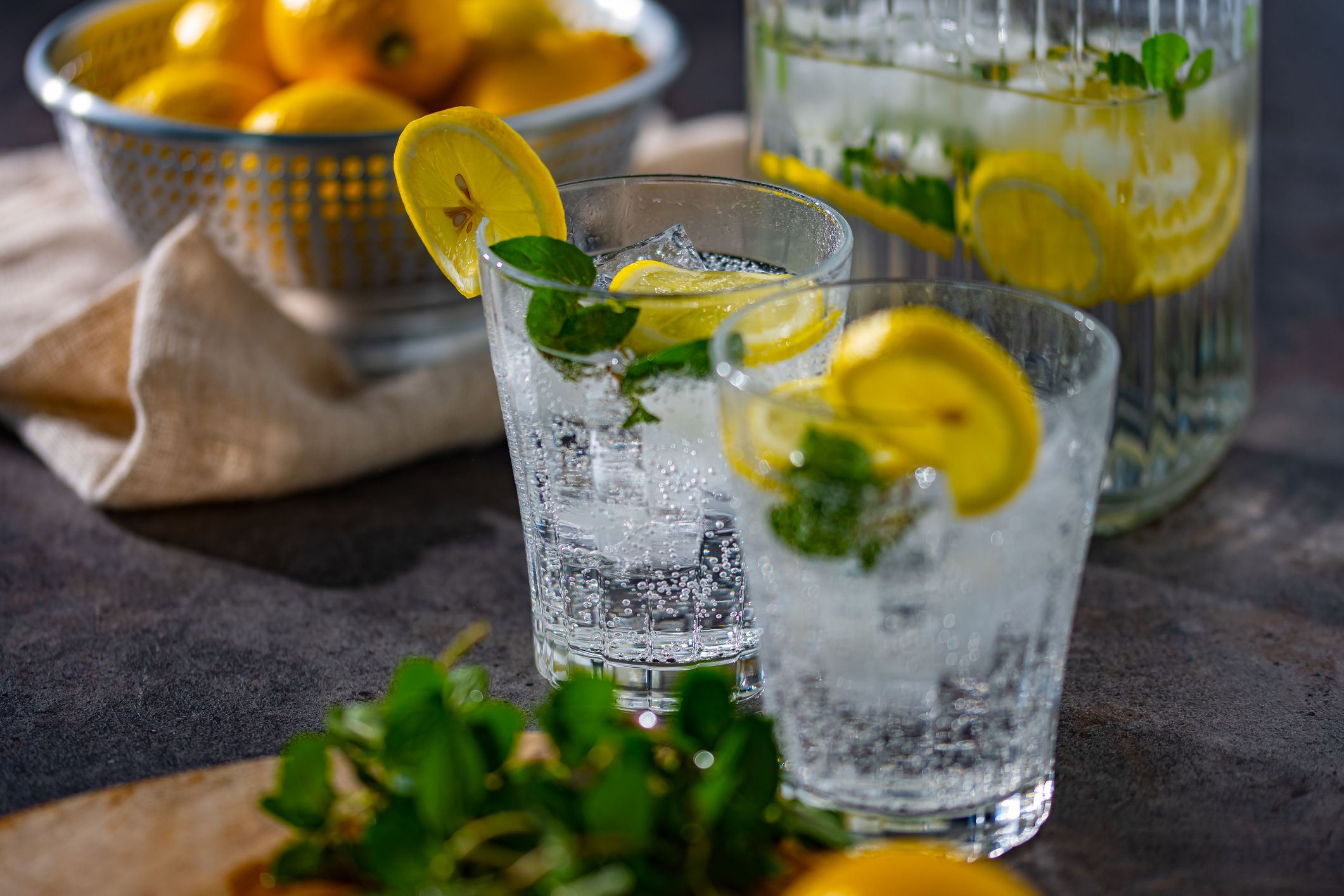
Even if you don’t have your sense of taste or smell, staying hydrated remains important to overall health. But when nothing seems appealing, it might be hard to keep up with the recommended beverage intake. If tap water doesn’t taste right, consider a sparkling version so the effervescence of the bubbles helps you stay interested (or at least distracted) long enough to get sufficiently hydrated.
Sign up for our newsletter
Fresh Vegetables
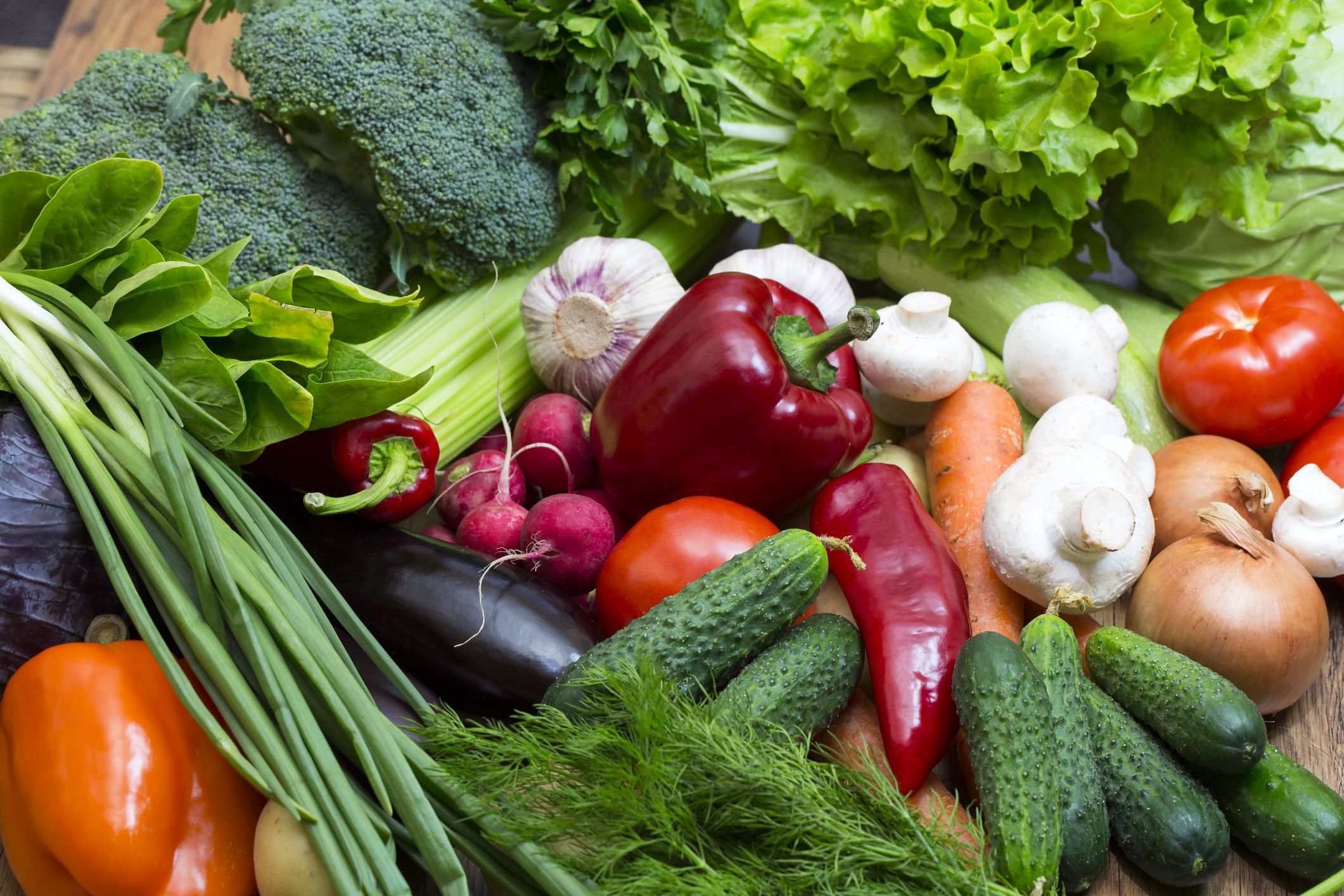
The National Institute on Aging suggests fresh and uncooked vegetables, as “cooked vegetables can have strong odors that may not be appealing.” Adding leafy greens, such as spinach or kale, can also boost the nutritional punch of a smoothie. Spinach seems an optimal choice on many fronts, as a New York-based skincare executive challenged by nutritional concerns told Eater, “I’m worried about getting enough vitamins with all the different vegetables and fruits tasting bad, but I eat spinach with basically every meal I can because it still tastes delicious to me.”
Citrus
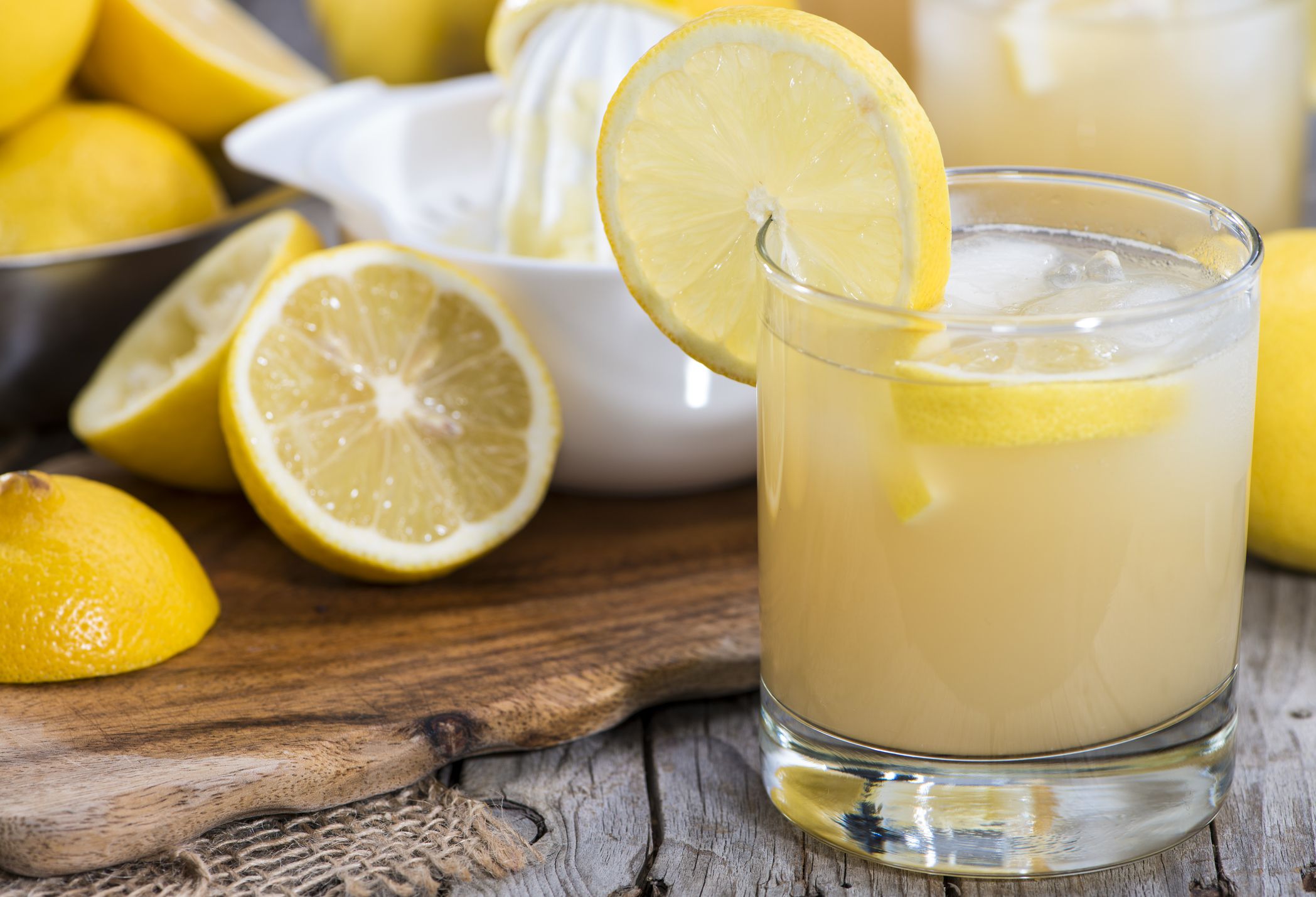
From oranges to limes to lemons, citrus fruits can provide much-needed vitamins as well as offer another benefit, as The University of Texas MD Anderson Cancer Center reports. Discussing “the power of sour,” it reports that, “Lemon juice or anything tart can stimulate saliva production. And that’s important, because a dry mouth is the enemy of flavor.” Memorial Hermann Medical Group in Texas also notes that it might pay off to “season with lemon or lime juice and vinegar, as acids may awaken taste buds.”
Dairy Products
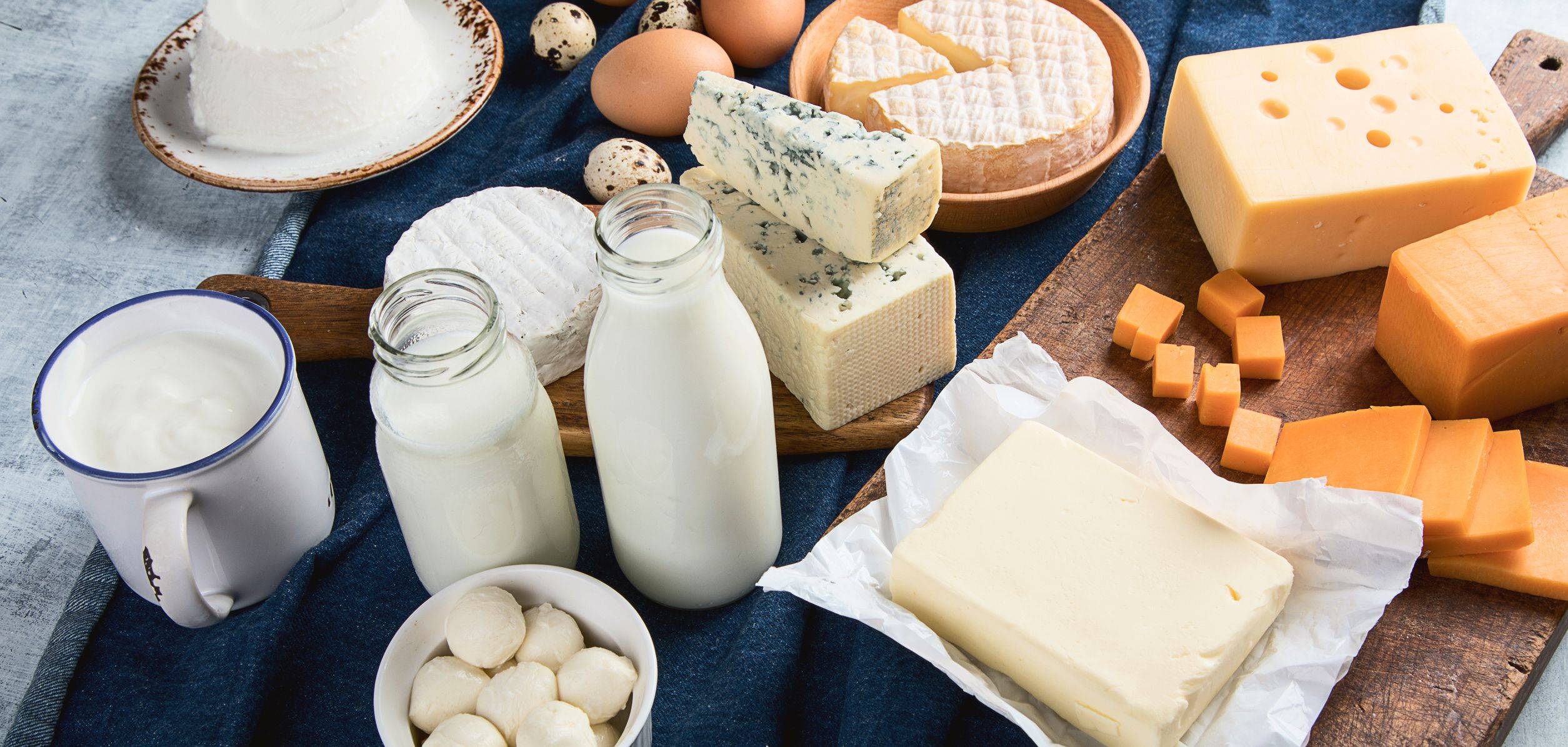
From cream cheese to cottage cheese to milk, dairy products as a whole tend to be palatable to those whose sense of smell has been distorted by COVID. A British woman reports she’s practically living on cheese, while that New York-based skincare executive told Eater, “Cream cheese still tastes delicious. I didn’t used to be so carb- and dairy-heavy, but now that’s a big part of my diet.”
Lower-Sodium Choices
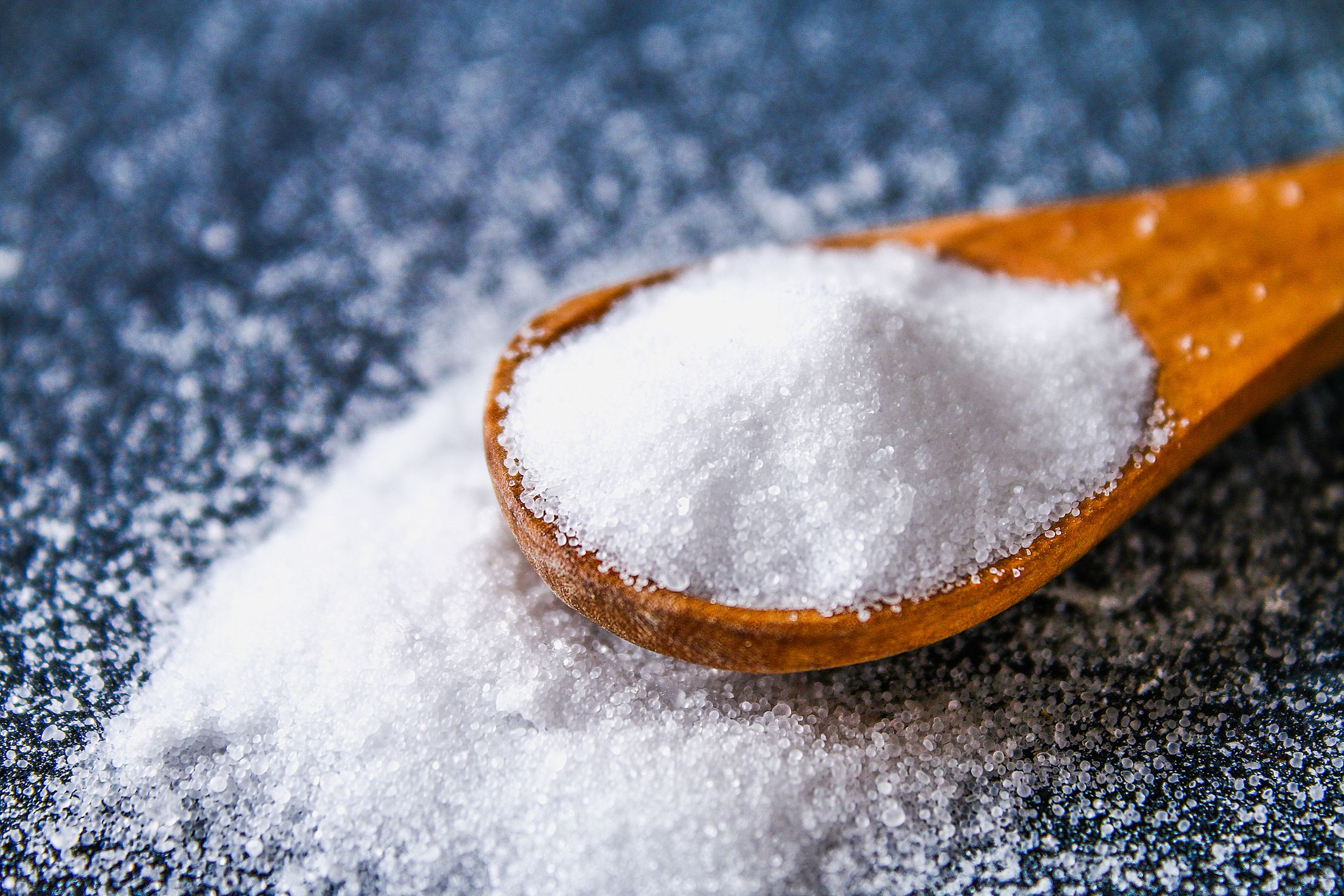
When everything seems flavorless, it might be a reflex to add more salt. That could be a problem, as EatingWell notes, “Do not ‘salt to taste’ because that may put you well over the daily recommendation for sodium intake.” Bland food might have to be the alternative to worrisome sodium levels.
Smaller and More Frequent Meals
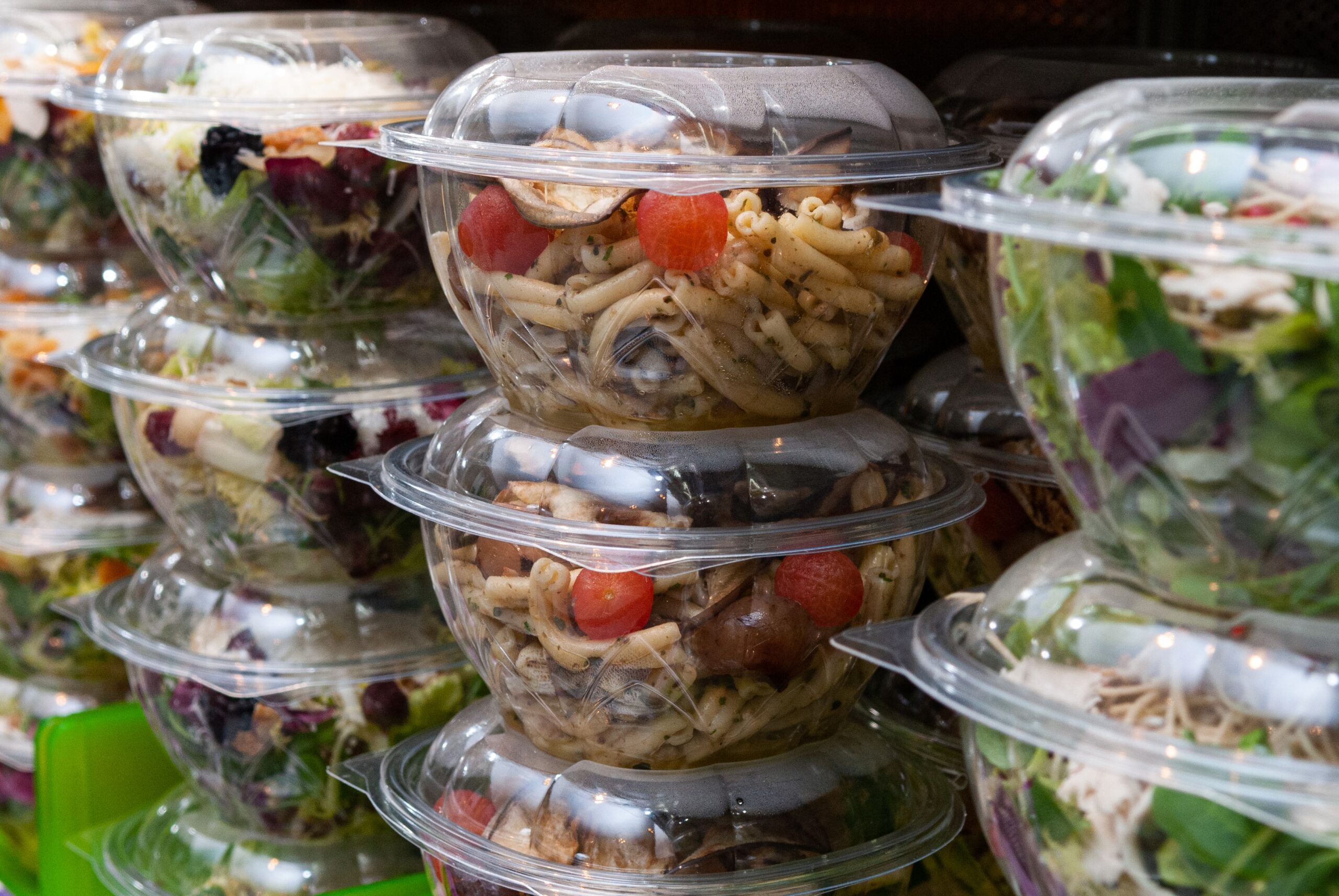
Eating a larger meal may, Healthline notes, for some can “feel like a burden since it’s less enjoyable without its flavor.” The solution might be snacking or eating smaller meals throughout the day.
Fresh Foods
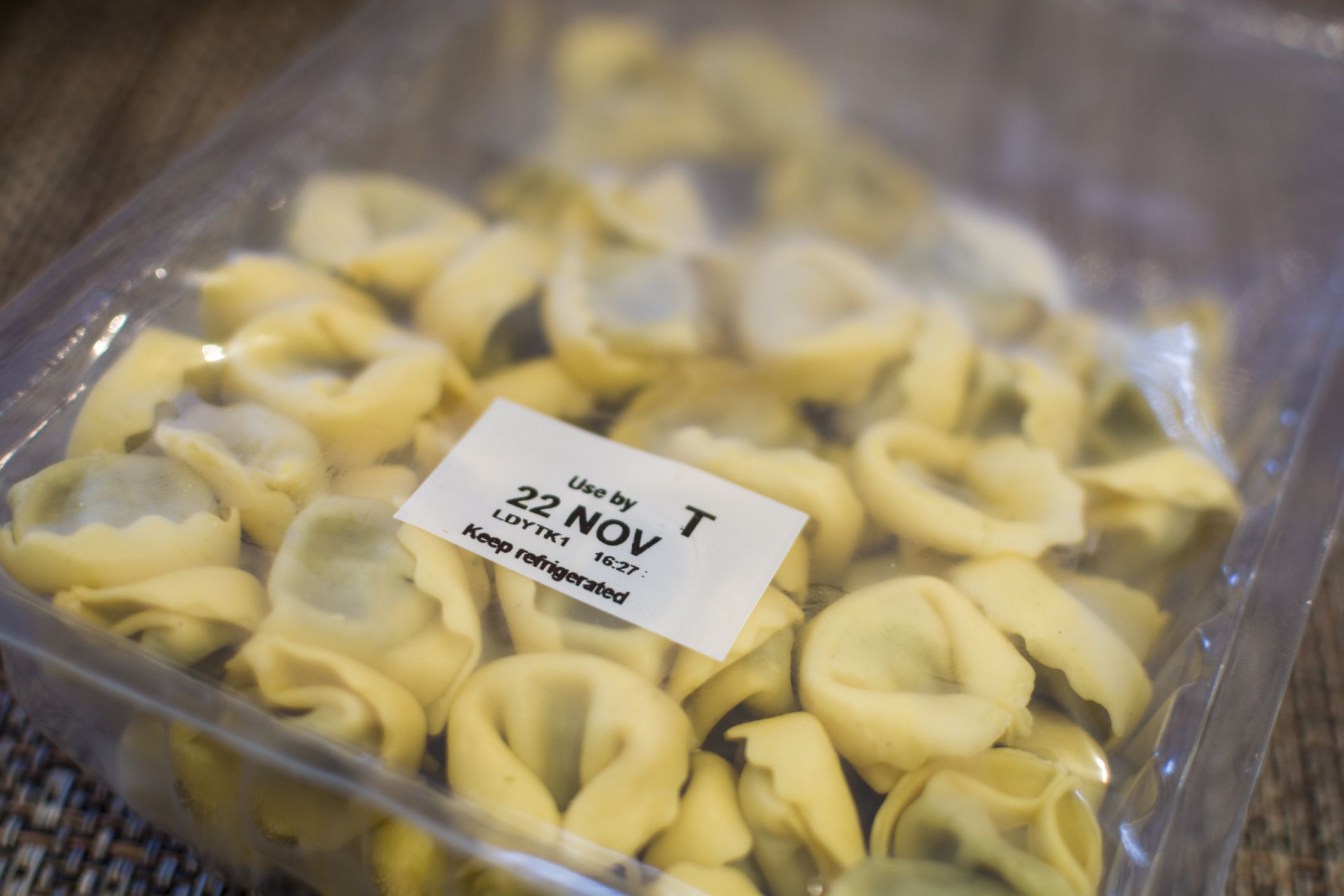
It seems like a given, since you wouldn’t ordinarily eat food past its prime. But when you can’t smell or taste, freshness might be hard to judge. An article from Harvard Medical School reminds us that coping with the loss of smell or taste “can even pose an existential threat, by putting us at risk in detecting fires, gas leaks, or spoiled food.” Check expiration dates and when in doubt, have someone else test for freshness or simply bypass anything that seems suspicious.
New Foods
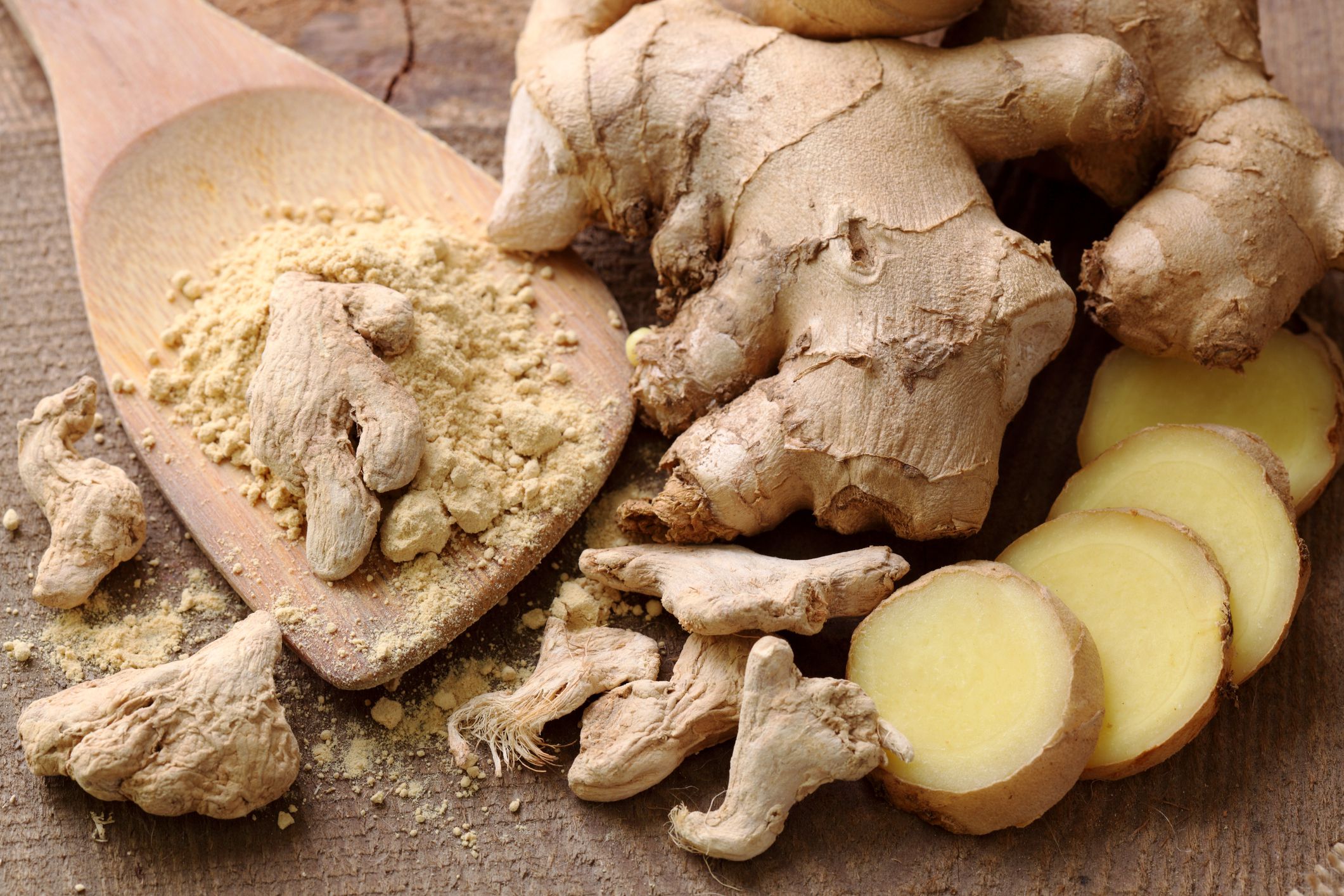
Mix it up. “If old favorites aren’t cutting it anymore, try foods that are different from what you would normally eat,” suggests The University of Texas MD Anderson Cancer Center. Experiment with ingredients that are notably flavorful, from ginger to mint to vinegar.
Different Proteins
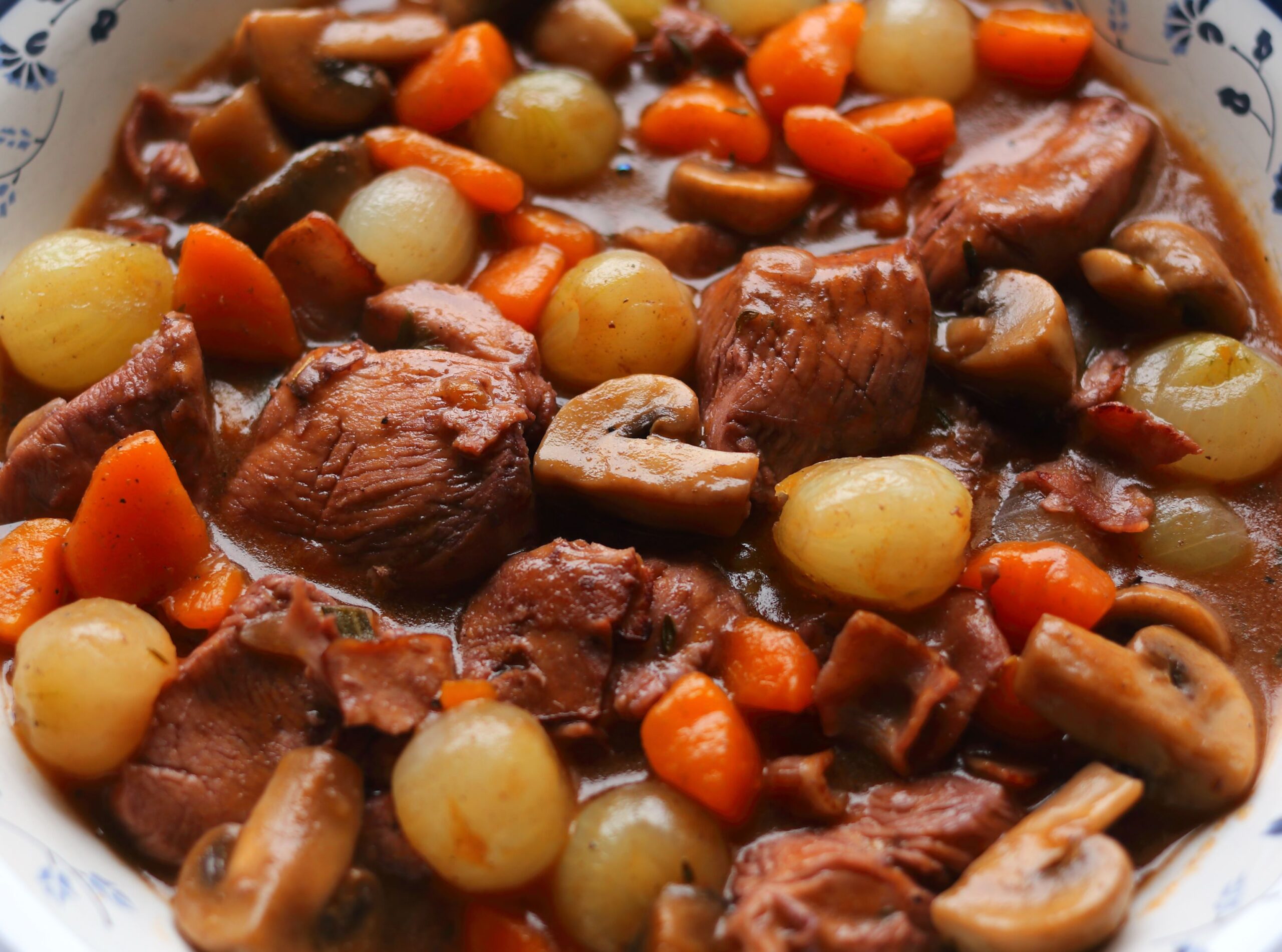
Some of those challenged with smell or taste deficiencies, according to The University of Texas MD Anderson Cancer Center, “have a hard time dealing with the texture of meat. Many report that red meat in particular tastes metallic. To counteract that, marinate or cook meats in wine, sweet sauces or acidic dressings.” Alternatively, opt for chicken, turkey, fish, eggs, beans or dairy products for protein sources.
Memorable Flavors

The sense of smell is linked to memory – so if you try to retrain your sense of smell, start with scents that have pleasant, familiar memories, be it peanut butter or peppermint. Essential oil therapies are also being explored.
Simple Foods
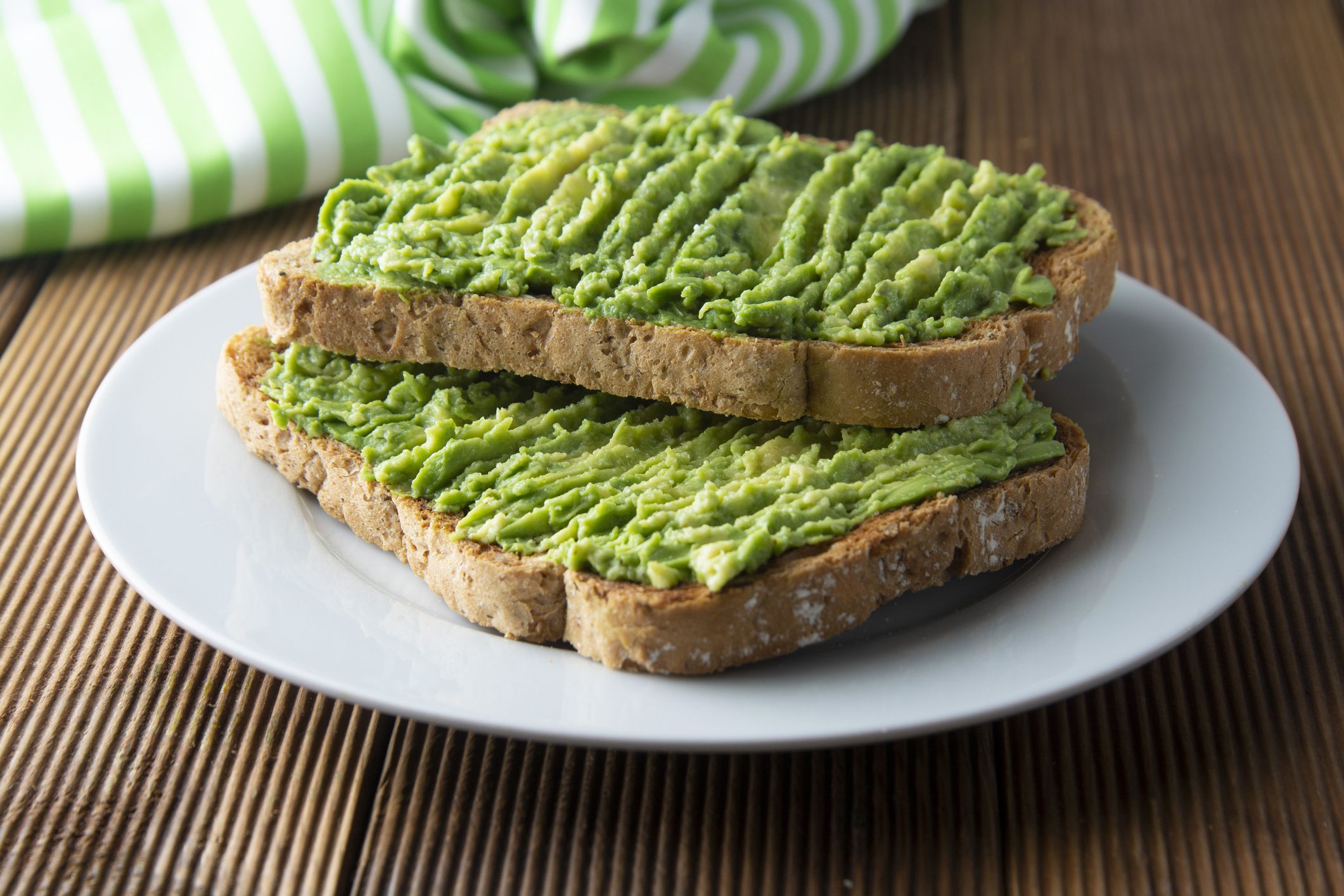
Sometimes, the simple route is best. Medical News Today suggests, “avoiding meals that combine many ingredients, such as casseroles, as these recipes may dull the flavor of each individual food.”
New Recipes
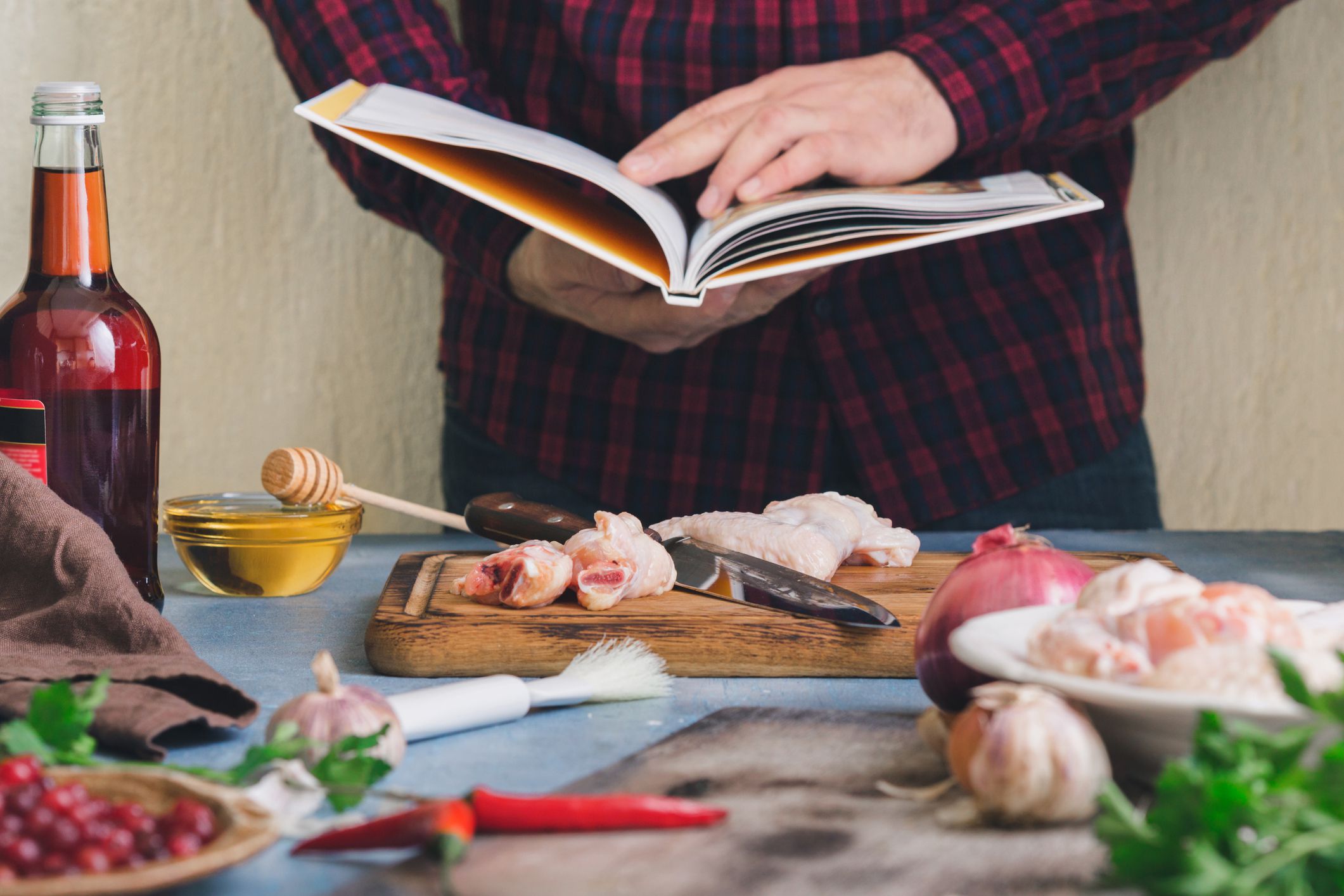
Dealing with these challenges may be overwhelming, but there are additional resources. British chefs Ryan Riley and Kimberly Duke, for example, used their experience at Life Kitchen — a U.K.-based school cooking school designed to help cancer patients — to create a recipe book for those dealing with the loss of taste and smell due to COVID.
Nutritional Supplements

When the appetite — or lack thereof — causes a major change in a diet, proper nutrition may fall by the wayside. If one’s diet is not providing all that’s needed for optimum health, Everyday Health suggests a multivitamin to ensure proper nutrition.

